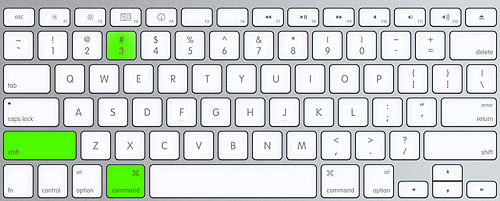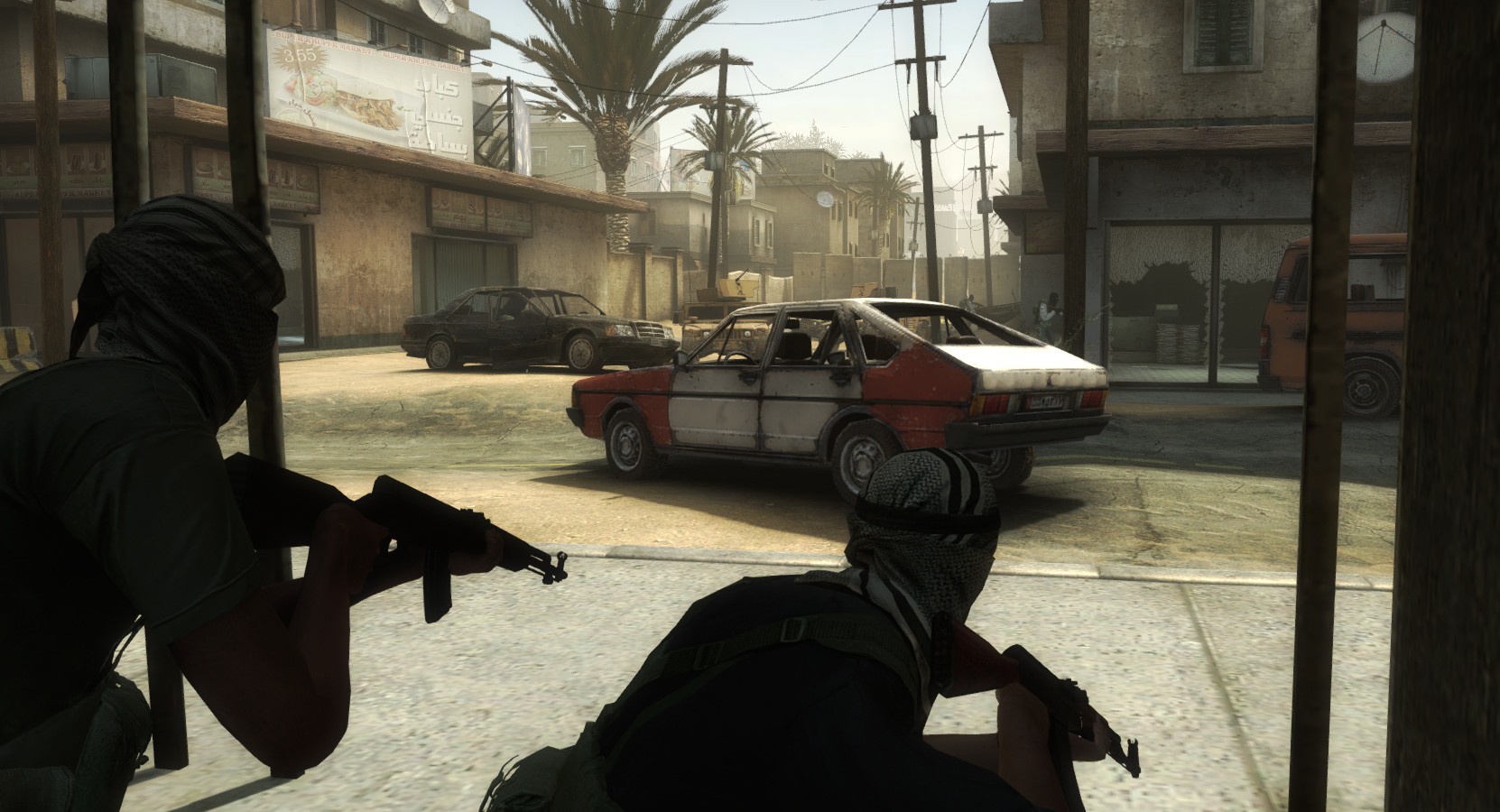Screen Shot For Mac
How to Take a Screen Shot on Mac: 7 Ways to Snap Screenshots. You can use any of the following keyboard shortcuts to capture and take screenshots directly in Mac OS, you can snap screenshots of the desktop, Finder, or any running and open applications. Whatever is on the screen of the Mac will be captured as an image file. The Macintosh operating system has always made it easy to capture a screen shot. A screen shot is an image of your computer desktop or an active window. Here's a summary of all the keyboard shortcuts you can use to capture your screen in Mac OS X. Entire screen: To capture the entire screen, press Command-Shift-3. The screen shot will be.
Best screen capturing app
For many new Apple users, particularly those who are migrating from Windows and are used to that Prt Scrn (Print Screen) button, the answer to the question of how to screenshot on Mac isn’t immediately obvious.
Although it only takes pressing a couple of keys to take a screenshot on Mac, the fact remains that Mac screen capture is something that hasn’t historically felt all that intuitive. For example, in addition to different key commands for screenshotting windows vs. smaller selections, recording video of your screen for a long time was only possible through QuickTime Player.
Best screenshot apps for macOS
Get the ultimate screen capture on Mac - download and test the best screenshot apps. All utilities in one pack, give it a go!
Although macOS Mojave has changed much of this, how to screenshot on Mac remains a heavy-hitting search query, as not everyone uses the latest version of macOS. Below you’ll find more information on taking a screenshot on Mac (and capturing video), as well as some useful tools to make your Apple screenshot life easier.
Exploring Mac Screenshot Basics

As there’s no dedicated button for print screen on Apple products, there are a few different commands associated with screen capture on Mac that vary slightly depending on your setup.
It makes sense to divide the world of how to take a screenshot on a Mac into pre and post-Mojave, since it was with this iteration of macOS that Apple really revolutionized their Mac screenshot command system.
1. Pre-Mojave Mac screenshot commands

If for whatever reason you don’t want to upgrade to Mojave then you’ll need to familiarize yourself with a couple of key Mac screenshot shortcut options:
- ⌘ + Shift + 3
- ⌘ + Shift + 4
The first of these commands is probably the easiest to get to grips with and the quickest one to take advantage of when taking a screenshot on Mac, as it captures the entire screen at once. If you’re using multiple screens, it takes a screenshot in Mac OS for every screen you’re using simultaneously.
The second of the commands represents a slightly more nuanced way to take a snapshot on Mac. Rather than capturing your entire screen, it prompts you to select the area you want to capture. If you follow it up with a press of Space, it allows you to choose the window you want to screencap instead.
Overall, while these commands do let you print screen on Mac, they feel sort of like an afterthought rather than a fully fledged feature of macOS. With so many people looking into how to screenshot on Mac, it’s not surprising that Apple recently decided to make it a little more clear how to screenshot in Mac OS Mojave.
2. Post-Mojave Mac screenshot command menu
In addition to the above commands, which still work for Mojave users, there’s now an option for them that’s very much in keeping with the existing format of how to print screen on Mac — ⌘ + Shift + [Number].
If you’re a Mojave user, you can use ⌘ + Shift + 5to bring up a screen capture menu that will allow you to:
- Capture Entire Screen
- Capture Selected Window(s)
- Capture Selected Portion
- Record Entire Screen
- Record Selected Portion
At the right-hand side of this menu there’s also Options that lets you (among other things) select where your MacBook screenshot and video output is saved.
In other words, anyone looking for an easy answer to the question “how do you screenshot on a Mac?” could do a lot worse than considering an upgrade to Mojave in order to streamline the process.
3. Third-party Mac OS screenshot apps
You might notice that, even with the inclusion of ⌘ + Shift + 5 Mac screen capturing menu, the options for taking a Mac screenshot remain pretty basic. If you’re looking for a snipping tool for Mac that can do a little more, you may need to turn to a third-party developer.
CleanShot X is unbeatable here. The app toolkit is tailored for 50+ different changes, which makes it an ultimate screen capturing tool for Mac. You can use CleanShot X to capture screen — whether it’s a window, full screen, area, or even scrolling content, as well as record video.
While capturing anything on your desktop, you can choose to hide all desktop clutter and disable desktop notifications in one click. Once you have your clean screenshot, open it from the overlay window that pops up, and start editing. You can add annotations, blur specific parts, or draw — CleanShot X will help you customize virtually anything.
A few not-so-obvious yet cool features to mention are self-timer, screenshot pinning, and internal cloud. Want to capture something with a delay? CleanShot X has a self-timer that will help you pick the right moment. If you want your screenshot to be visible on the screen, pin it to desktop. Finally, save your screen captures to the internal CleanShot Cloud and get shareable links in a flash.
If you’re looking for something with a little more emphasis on screen recording, Capto could be the ideal solution for you. In addition to recording video, or just taking a snapshot on Mac, you can also annotate and edit captures via an intuitive iMovie-esque interface.
Capto does wonders for software walkthroughs. And given its strong visual component, it’s also perfect for those with auditory shyness who would rather add captions than a voiceover. Capto’s built-in organizer is pretty helpful for keeping track of your screenshots too.
Mac OS screenshot organization
If you take a lot of screenshots then you’re probably way too used to your Downloads folder or Desktop being clogged up with images that have filenames like “Screen Shot 2019-XX-XX at 21.36.15”.
Unfortunately, this inelegant and cluttered outcome is the default Mac screenshot shortcut. Not particularly helpful for keeping all of your images in check, especially when macOS is prone to heavily abbreviating filenames.
While it’s possible to use Finder in conjunction with Preview to view all of your caps, that still isn’t a particularly satisfying visual experience. One of the best solutions is Inboard, which functions like a private Pinterest for your desktop and allows you to tag and filter all of your screenshots for later use.
Inboard takes care of the design savvy out there too with a feature that connects your Dribbble account to import all your likes for digestion at a later date.
But even once you’ve solved the question of how to do a screenshot on a Mac, sharing those screenshots with, say, colleagues or friends isn’t necessarily the easiest thing to do.
Rather than emailing files back and forth, or having to upload everything to a public Google Drive, you might consider a solution like Dropshare. As the name suggests, it makes sharing screenshots (and other files) as simple as dropping them into the relevant area.
Dropshare connects with a range of major third-party cloud apps, but you can also lean on proprietary Dropshare Cloud if you prefer, which is helpful if you want to keep your Mac screen capture sharing separate from your other sharing activity.
The future of how to take a screenshot on a Mac
As you can see from above, learning how to screenshot on Mac isn’t particularly difficult, and screen capture on Mac is now easier than ever thanks to the addition of a dedicated MacBook screenshot and video capture menu in macOS Mojave.
It’s clear from this new feature that Apple understands the issue of how to print screen on Mac is one that has been, to put it lightly, unintuitive in the past, so you can likely expect to see further tweaks to the process in the future.
In the meantime, there are some excellent options in the snipping tool for Mac market that facilitate the process and offer a range of diverse features you won’t find among those built-in options for taking a screenshot on Mac.
Best of all, you can try all the apps mentioned here: CleanShot, Capto, Inboard, and Dropshare absolutely free with a 7-day trial of Setapp, a Mac platform with over 150 essential apps for any task at hand. Now you’re all set for your screenshotting game.
Meantime, prepare for all the awesome things you can do with Setapp.
Read onSign Up
If you ever need to take a screenshot in Windows whilst using Boot Camp on your Mac – and with the Apple supplied keyboard, you may find it difficult to perform this action. However, this scenario occurs more often than you might think. Today, we still see users requesting Google Search to help them with this task. For that reason, we updated this post to reflect the current state of events, keyboards, and practice.
“Print Screen” is a term used in the Windows environment to explain and give the ability for users to capture the content visible on the screen. Specifically, on Windows compatible keyboards, you will notice Print Screen is an actual button. On the Mac keyboards no button is assigned or labelled that way.
The good news is through a series of keystrokes you can perform the same function as Print Screen. On a Mac, you might hear the language of how to screen capture or how to screenshot.
Screen Shot For Macbook
Screenshot – Screen Capture – Print Screen in Windows on Mac
- To capture the entire screen simply press Function (fn) + Shift + F11.
- To capture the front most window press Option (alt) + Function (fn) + Shift + F11.
If you have your function keys mapped correctly in Windows you will be able to go without using the Function (fn) key. By default you will need to use it.
FAQ:
Where is the F11 Key located?
Screenshot For Mac Device
We have many people asking about the location of the F11 key. Please look closely – it’s the third key from the top right corner, represented by the “lower the volume” speaker icon.

Screenshot For Mac
Where is the destination of the screen capture?
Once you hear the click sound when taking the screen capture, the copy of your image is in your virtual clipboard. In order to retrieve it, you can open an application (such as Paint or Word) and use the “Paste command” to see, alter, or modify this capture. Further, you can save as a file in a location of your choosing.
